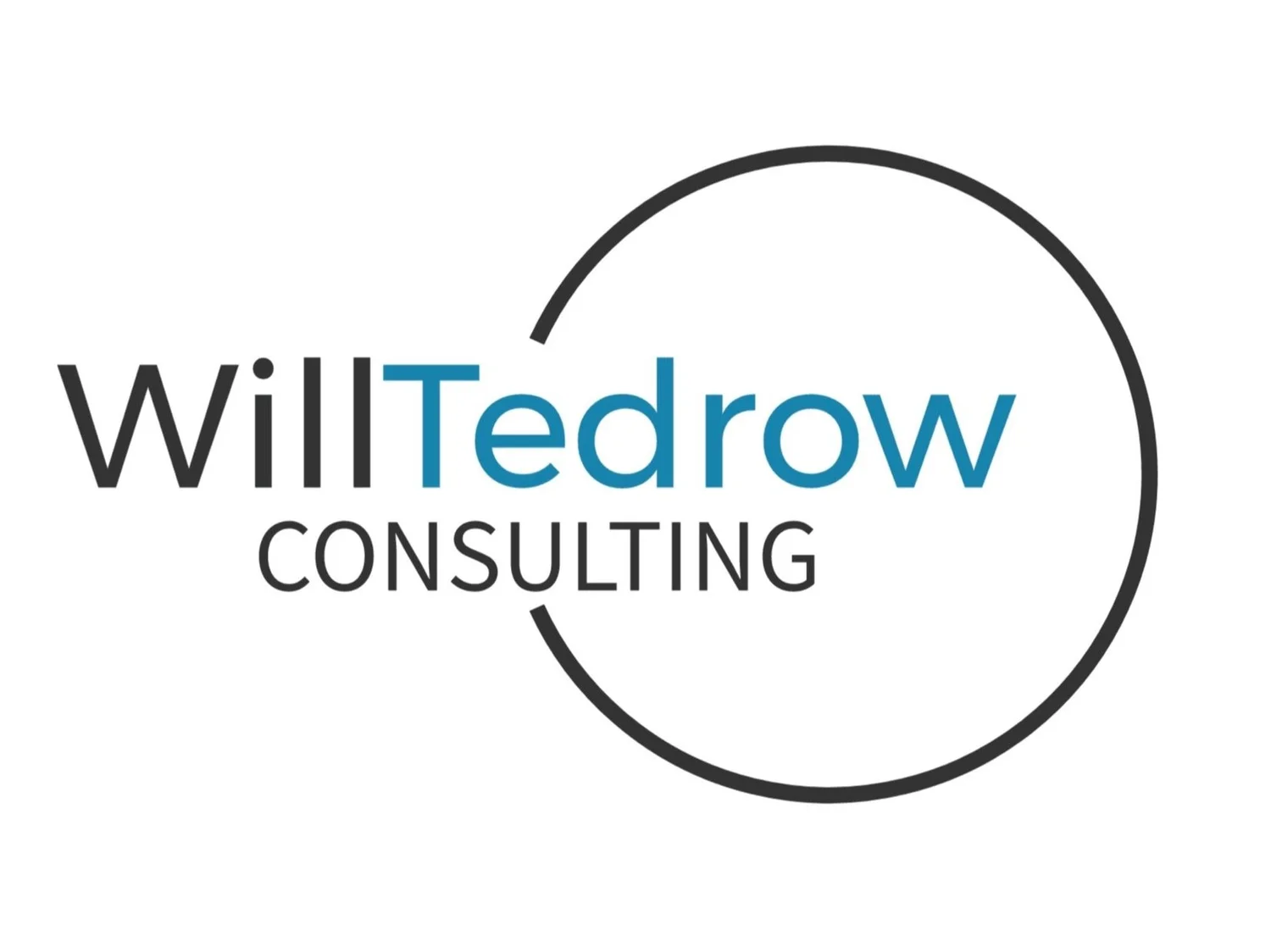The Power of People Analytics: Unlocking Human Potential in the Digital Age
What if you could predict who was going to leave your organization and why? Better yet, what if you could create an individualized intervention to retain your high performers? People analytics unlocks new insights and strategies to support your workforce.
In today's job market, organizations are constantly seeking ways to gain a competitive edge. People analytics, also known as HR analytics or workforce analytics, has emerged as a powerful tool for organizations to make informed decisions about their most valuable asset: their people. We will explore the concept of people analytics and how it can transform the way businesses manage their workforce, improve employee engagement, and drive overall success.
Understanding People Analytics
People analytics is the process of collecting, analyzing, and interpreting data related to an organization's workforce. This data can encompass a wide range of information, from demographics to performance metrics, feedback, and more. The goal of people analytics is to provide HR professionals and leadership with valuable insights into their workforce, enabling them to make data-driven decisions.
Why People Analytics Matters
Optimizing Hiring and Onboarding: By analyzing data related to your recruitment process, you can identify which sources yield the best candidates, which assessment methods are most effective, and how to improve your onboarding procedures. This leads to a more efficient and successful hiring process.
Retention and Employee Engagement: People analytics can help identify the key factors contributing to attrition, such as low job satisfaction, inadequate training, or compensation issues. Predictive modeling using people analytics can help you anticipate the impact different strategies will have on your workforce.
Performance Management: People analytics allows organizations to measure and manage performance more effectively. By identifying top performers and areas that require improvement, organizations can develop targeted strategies to enhance overall productivity and success.
Well-being: Introducing regular metrics that measure fulfillment, burnout, and a persons emotional commitment to the organizations helps you to understand how the organization’s strategy is affecting people. This critical information helps organizations pump the breaks during times of change, or evolve their strategy to better support the workforce.
Workforce Planning: People analytics assists in anticipating future staffing needs based on historical data and projected growth. This ensures that organizations have the right talent in place to meet the needs of their stakeholders.
The Role of Data in People Analytics
To effectively implement people analytics, organizations must gather, store, and analyze relevant data. This data can include information from various sources, such as HR databases, performance reviews, surveys, and even data from wearable devices in some cases.
Here's a brief overview of the steps involved in harnessing the power of data for people analytics:
Data Collection: Gather relevant information about your workforce, including demographics, performance metrics, and feedback data.
Data Integration: Bring together data from various sources to create a comprehensive view of your workforce.
Data Analysis: Employ advanced analytical techniques to identify trends, patterns, and correlations within the data.
Data Visualization: Present the findings in a user-friendly format, such as charts and graphs, to aid decision-makers in understanding the insights.
Challenges and Considerations
While people analytics can offer immense benefits, it's not without its challenges. Some of the key considerations include:
Data Privacy: Not only do organizations need to handle data in compliance with federal and local regulations, they also need to understand that some people feel analytic programs are an invasion of their privacy. Transparency around how data is stored and used can help people accept the use of data, however, providing an option to opt out of data programs may be the best option for some employees.
Data Quality: Accurate and reliable data is crucial for meaningful analysis. It is not uncommon for organizations, leaders, or the workforce to only accept data that is considered flawless. Unfortunately, this type of data rarely exists. Helping stakeholders understand necessary sample sizes and how missing data is handled can help others accept the data quality as sufficient to interpret the results.
Ethical Concerns: The use of data can open a number of ethical concerns. Chief among these, is beginning to see people as assets, instead of as humans. It’s important to use data to inform strategies, while leaving room for people to be people.
People analytics is revolutionizing the way organizations support their workforce. By leveraging data-driven insights, organizations can optimize their HR processes, enhance employee engagement, and make informed decisions to drive success. In an era where data is king, those who harness the power of people analytics are poised to thrive in the ever-evolving world of work.
